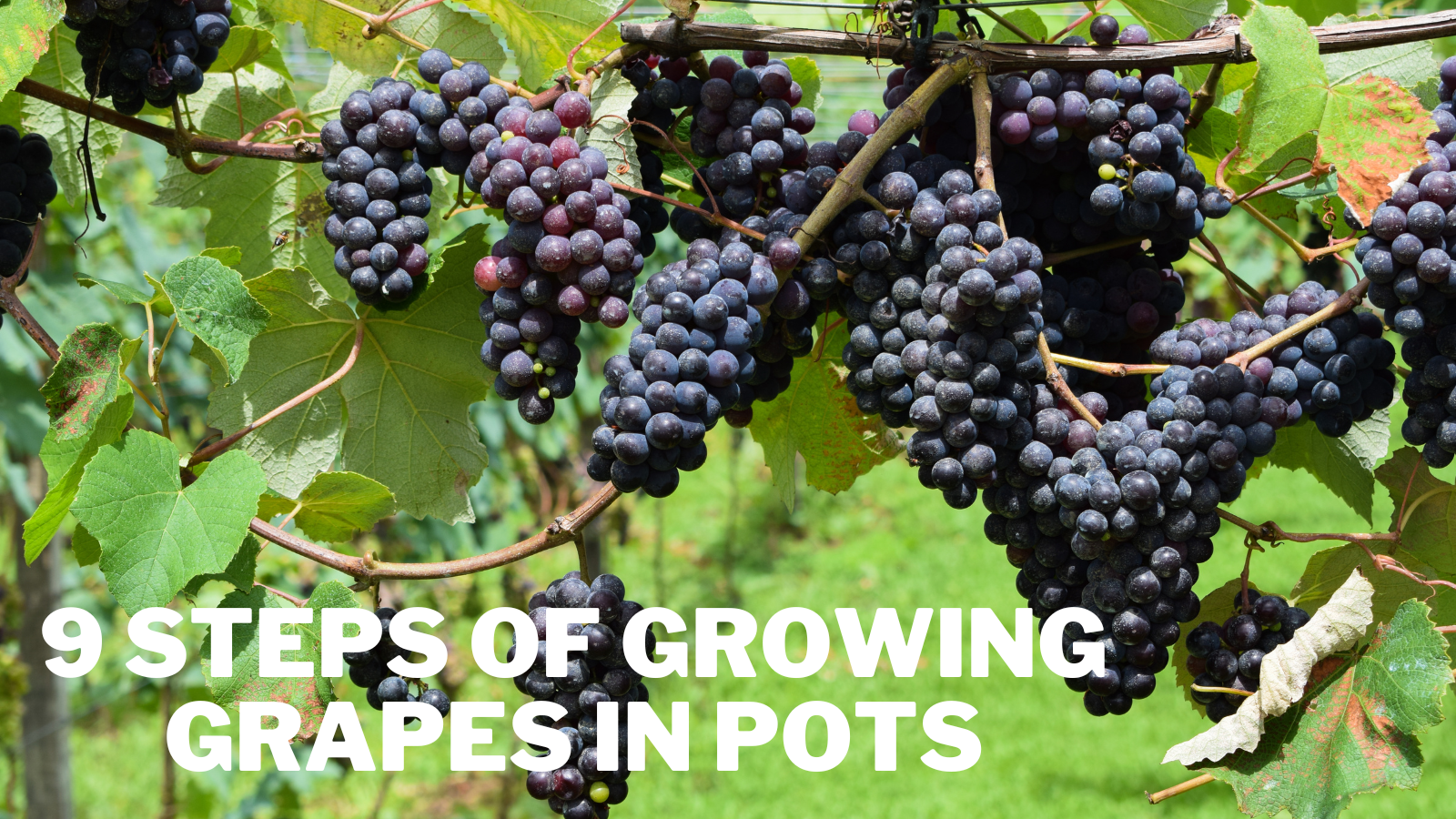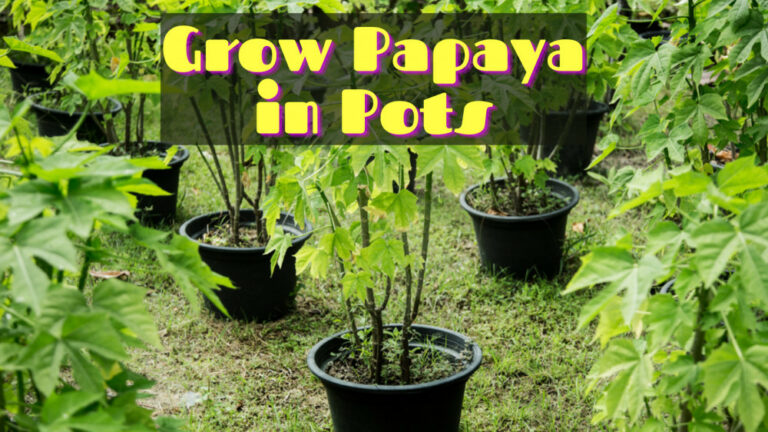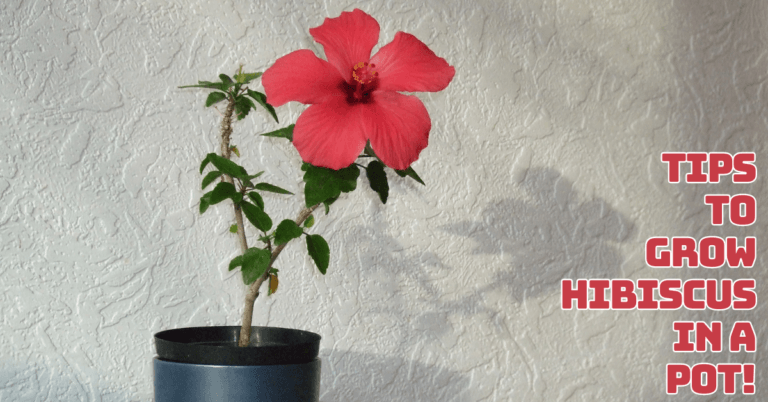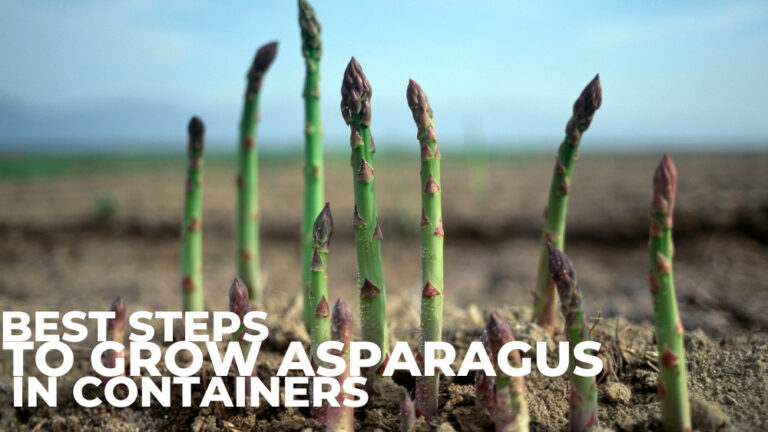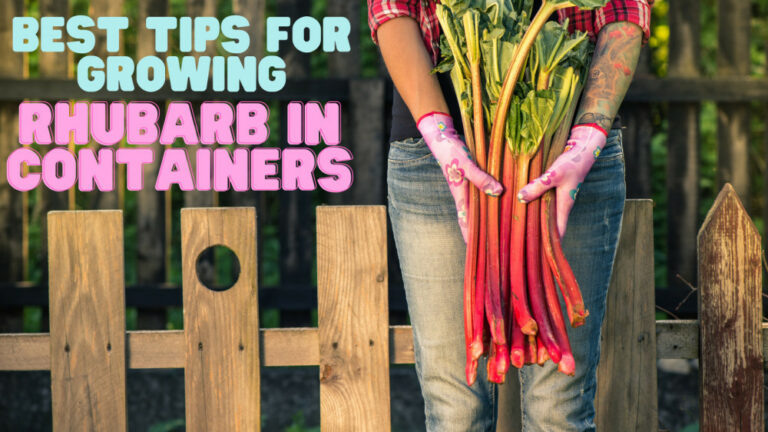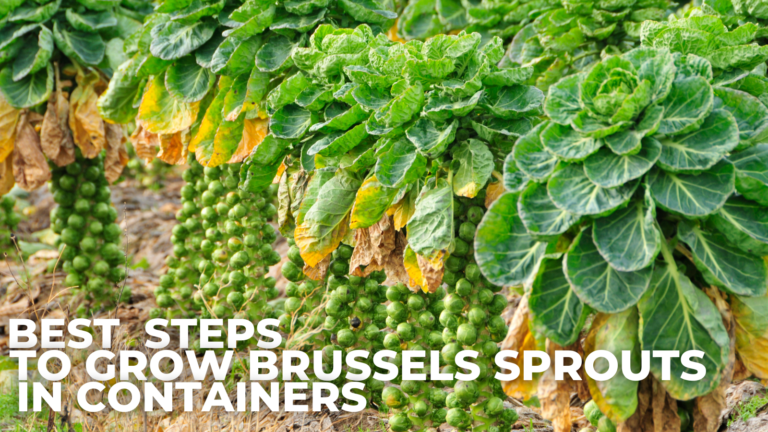9 Steps Of Growing Grapes In Pots
9 Steps Of Growing Grapes In Pots
Grapevines are strong and easy to grow when planted in the ground. They'll grow nicely in containers, too, with proper care and maintenance, and you'll get your first crop in 2–3 years. Even if they don't offer you enough grapes to make your own vintage, you'll have a harvest of luscious, juicy fruit.
In this article, I’ll share all steps of growing grapes in pots, so stay tuned.
Nutrition Fact Of Grapes
151 grams (1 cup) of red or green grapes provides:
- Calories: 104
- Carbs: 27 grams
- Protein: 1 gram
- Fibre: 1.4 grams
- Fat: 0.2 grams
- Riboflavin (vitamin B2): 8% of the DV
- Thiamine (vitamin B1): 9% of the DV
- Copper: 21% of the daily value (DV)
- Vitamin B6: 8% of the DV
- Vitamin K: 18% of the DV
- Manganese: 5% of the DV
- Potassium: 6% of the DV
- Vitamin C: 5% of the DV
- Vitamin E: 2% of the DV
Note: Resource From, Food Data Central (Governmental authority, Food and nutrition database from the United States Department of Agriculture)
Health Benefits of Eating Grapes
1. Improve Heart Health
It may help your heart. Grapes are high in fiber and potassium, which are beneficial to heart health, including blood pressure. Resveratrol and quercetin, two polyphenols found in grapes, are thought to protect the cardiovascular system from inflammatory and oxidative damage.
2. Help To Manage Blood Sugar
Grapes are a moderate-sugar food, with 15g of carbs per 100g. Because they are naturally occurring sugars rather than ‘free' sugars, you don't have to worry about cutting down on them if you consume whole grapes.
Grapes also have a low glycaemic index, which measures how rapidly a food elevates blood sugar levels when consumed alone. Furthermore, several of the natural components found in grapes, such as resveratrol, tend to help with blood sugar regulation.
3. May Help Eye Health
Several substances found in grapes, such as resveratrol, lutein, and zeaxanthin, may aid in the prevention of common eye illnesses.
4. Improve Bone Health
Grapes include vitamins and minerals that benefit bone health, though additional human research is needed.
5. Helps To Prevent Cancer
Grapes are high in antioxidants, which can help fight free radicals, which can harm cells and cause cancer.
“As a result, antioxidants go out and lower what we call oxidative stress to help reduce cancer risk,” DiMarino explains.
Grapes also contain resveratrol, an antioxidant that may protect against cancer by lowering inflammation and inhibiting cancer cell proliferation. Other antioxidants in grapes include catechins, quercetin, and anthocyanins, which may form a potent cancer-fighting combo.
Grape Varieties
It's difficult to recommend grape types because they depend on your location and climate.
You should go to a garden center or nursery, not in your immediate vicinity. I don't advocate that you go to a chain store in these circumstances. You're looking for gardening help from locals.
Inquire about types that grow well in containers, are disease resistant, and can withstand your climate. Most grape types may be grown in containers. You won't need to train grapevines in a container using a dwarf grape cultivar.
You should choose a self-pollinating variety, which means you only need one plant unless you want more. Although the majority of grape varietals are self-fertile, double-check before buying. I'm sharing some popular varieties that will help grow grapes in pots.
1. Lemberger Grapes
Although Lemberger grapes originated in Germany, they are now grown in various boreal regions. They are a unique cultivar that blooms from August to September and has gorgeous blue skin with a sweet, somewhat peppery flavour. If you produce wine from Lemberger grapes, you'll also notice a hint of pepper.
2. Gewurztraminer Grapes
These grapes, which have a season that runs from July to September, are covered in dusty crimson skin and have an almost translucent flesh inside. They can be eaten raw or processed into white wine, which results in a practically clear tint. Gewurztraminer grapes are exceptionally juicy and clean-tasting, resembling stone fruits in flavour.
3. Concord Grapes
Concord Grapes, derived from the Vitis labrusca species, were first planted in Eastern America around the turn of the century. These luscious grapes are now grown all over the world.
This grape is also commonly used as a fruit juice ingredient. This is because Concord is thought to offer all the benefits of red and white grapes.
Jam, jelly, juice, food flavouring, cakes, desserts, and other goods are made from these grapes.
4. Kyoho Grapes
Kyoho grapes are a type of red grape that is widely grown throughout East Asia. The fruit of Kyoho grapes is blackish-purple or virtually black. The inside flesh is delicious, with high sugar content and mild acidity, and includes large seeds.
Vitamin C is abundant in Kyoho grapes, which helps to improve the immune system and combat common ailments. Because this grape variety contains a lot of sugar, it should be consumed in moderation.
5. Sultana Grapes
Sultana grapes are produced in California, Australia, and Turkey and mature from July to September. These sugary grapes, which are small and oval, are most commonly used as raisins! Their flavour increases as they dry, and the delightful spring green colour becomes more autumnal.
6. Moon Drops Grapes
Moon drops are a grape type bred specifically for their lack of seeds and sweet flavour. Another appealing feature of this grape is its unusual form.
You must wait until the harvest season between August 20th and November 15th to appreciate this grape variety. Grapery is the only firm that sells moon drops exclusively.
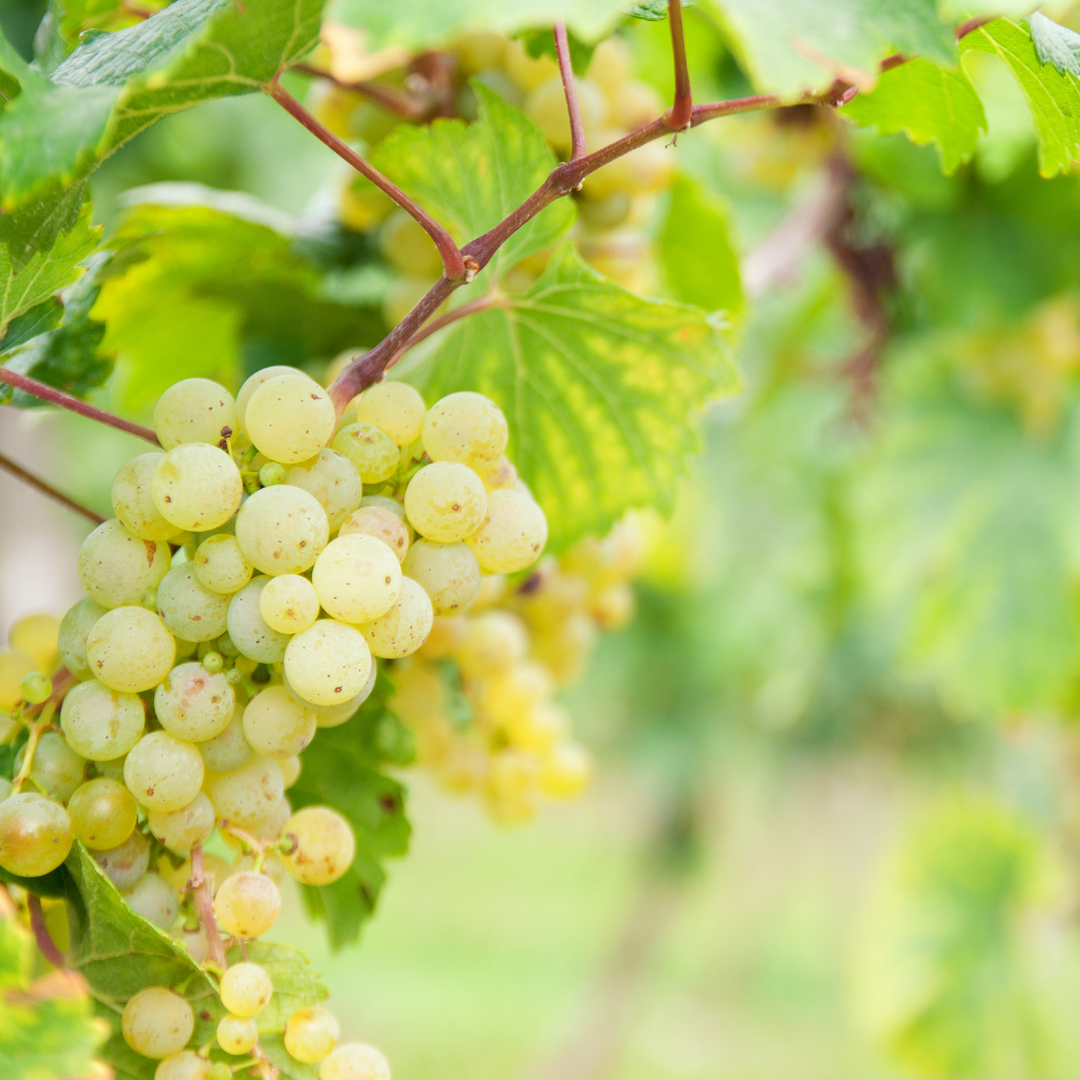
7. Riesling Grapes
Riesling thrives in cooler climates, such as Switzerland, Austria, Germany, and New York's Finger Lakes. “Riesling is the most adaptable grape cultivated,” says Anthony Roads winemaker Peter Becraft, “allowing one to make wines ranging from bone-dry to dessert wine–sweet.”
“The grape's natural acidity gives the grape's sugars structure, freshness, and balance. Riesling is incredibly expressive of its origins and the vintage in which it was produced.” They're also delicious, squeezed into non-alcoholic juice.
8. Crimson Seedless Grapes
This grape is harvested between August and November. Crimson Seedless is a common red table grape seen in supermarkets. It is primarily cultivated in California.
This grape has thick skin and a sweet, juicy flavour. Redbrick is a typical grape hue, with greenish lines on occasion.
9. Muscat Grapes
The skin of Muscat grapes is thin and pinkish-yellow. They're juicy, with a delicate flavour and a faint, floral flavour reminiscent of wine with a hint of something else.
10. Red Globe Grapes
Red Globe grapes are huge, seeded grapes with firm, crisp flesh and a rosy red tint. Though you must remove all of the seeds before tasting, it is well worth the effort owing to their size and delicious flavour.
Growing Grapes In Pots
Now I’ll share all steps of growing grapes in pots. It's time to get started if the thought of fresh, homegrown grapes appeals to you.
Step 1: Time To Plant
Depending on where you reside, the best time to grow grapes varies.
The optimal time to plant grapes in a mild environment is in the spring or early summer. This is the greatest season to plant since it allows your plant to develop throughout the entire summer without being stunted or delayed by frost.
Plant in the winter if you live in a hot, tropical region. Because there is no frost in the winter, your plants have more time to flourish without exposure to harsh temperatures.
Step 2: Choose The Right Container
Grapes don't grow well in containers, so choosing the correct container is essential. Choose a large, durable container to handle the vines' vigorous and enormous growth.
A pot with a capacity of 15-20 gallons and dimensions of at least 16-18 inches deep and 18-24 inches broad would be excellent.
Start with a smaller container and gradually increase the size as your plant grows.
The bottom of the pot should contain drainage holes. Grapes don't like wet feet, so numerous holes in the bottom of the container are essential.
Black or dark-coloured pots and plastic containers should be avoided because they will absorb sunlight and heat. As a result, the roots become overheated. The best material is wood.
If you must use dark plastic, attempt to position your container in the shadow when the vines are exposed to the sun.
Step 3: Location
Grapes, like all plants, require specific amounts of sunshine. Therefore choosing the proper location is crucial. To avoid transferring a large, loaded pot later, you should designate a spot ahead of time.
Search for a sunny, warm, and dry environment. Each day, your plants require at least six hours of sunlight. Grape plants can be shaded in the afternoon for six hours of sun.
Avoid planting in moist, shaded areas or with little air circulation in your garden. To avoid fungal illnesses, grapevines require sufficient air circulation to ensure it's not suffocating.
Step 4: Potting Soil
If loam-based compost isn't available, add more grit for drainage. Any potting mix will do, as long as you remember to add 1/3 grit for drainage. Add a few handfuls of slow-release fertilizer if you don't plan to feed throughout the growing season. It's best to liquid feed them weekly or monthly because they're hungry plants.
Because the structure of the soil will deteriorate with time, it's critical to apply a long-lasting amendment like grit or decomposed bark. When growing grapes in pots, avoid using heavy garden soil. Use a light potting mix that is loose, rich in organic materials, and drains well instead.
Step 5: Planting
Although most grapes are grown from cuttings, you may be able to find grape plants in pots.
- Remove the cutting and set it in the pot's center. Any roots that are still attached should be spread out.
- To keep the cutting in place, firmly pat the earth around it.
- Deeply water the cutting to help it establish itself in the container.
Step 6: Watering
Although vines are drought-tolerant, if the roots become too dry, they can succumb to the fungal illness powdery mildew, therefore water thoroughly in dry spring and summer weather.
Step 7: Supporting
You probably already know that grapevines require support and that you'll have to train the plants to climb them. Because your vines will be grown in a pot, you'll need a lightweight trellis, which can be made of wood or plastic. A trellis made from scratch is also an option.
In an ideal setting, the grapes would climb up an arbour or pergola structure, but this can be difficult in containers. Connect the vine to the support system and decide on a training approach.
Step 8: Pruning
Before the appearance of new leaf buds in the early spring, trim the Grapevine. The new green vines are then still young and supple, allowing them to be trained to grow on a trellis. It will stay contained and lovely in a tiny space with proper trimming management.
You can be creative here and grow the vine against a wall, espaliered, or in a trellis or obelisk. Look for something that will work in a certain area.
After spring leafing, be careful not to over-prune and take out branches, as you'll likely cut off the immature blossoms that will become Grapes. The Grapevine is easily identified by the shape of its leaves, similar to those of a maple leaf. The grapevines' leaves are hung upside down.
Step 9: Harvesting
Grapes are affected not so much by cold weather but by a lack of sunlight for ripening the fruit. Remove any fruits that have started to mould. Grapes will be ready to pick from September to October if you have a decent summer. The colour and flavour of grapes will indicate when they're ready to pick. It is not a bad idea to try a couple.
Pests & Diseases Of Grape Plants
Although there aren't many illnesses or pests that affect grapevines, you should be aware of what you can encounter. Here are a few illustrations.
1. Grape Cane Girdler
This pest punctures the cane by causing holes all around it. Injuries to the vine can make it difficult to grow the plant.
Any infested shoots should be pruned below the girdle. Spraying is occasionally necessary to keep adult numbers under control.
2. Black Rot
This is a fungus that causes brown lesions on the leaves, which result in black spots. The grapes may have bright specks that solidify and turn black over time.
Although black rot likes rainy conditions, it can be difficult to control. Remove all mummified fruits from the vines as soon as possible. To control the disease, it's also a good idea to use the right fungicides.
3. Grape Mealybug
Sooty mould grows and develops on the fruits due to these insects. They secrete a sweet fluid that encourages mould to grow on the fruits.
The grape mealybug can be controlled by reducing ant numbers, which are a natural opponent. You can also use proper insecticides to get rid of them.
4. Powdery Mildew
Red markings on the canes and yellow spots on the tops of the leaves may be visible. Powdery mildew causes a white film to develop on the leaves and powdery growth on the fruit. It's also a fungus that thrives in warm temperatures and heavy humidity.
Planting vines in an area with sufficient air circulation and sun exposure is the best strategy to combat powdery mildew.
Make sure the training system you're using encourages airflow. Sulphur or a copper-based fungicide can also be used.
5. Bird’s Eye Rot
You can see dark red lesions or sunken gray lesions with darker margins on your grapes. The lesions generate a ring of damage that can harm the plant's sections, and the leaves may curl.
Bird's eye rot is a fungus that thrives in warm environments. When the vines are dormant, this fungal disease may be treated with an appropriate fungicide.
6. Japanese Beetles
The leaves of your plants will resemble skeletons or lace due to these bugs. They can completely decompose leaves in a few days.
Japanese beetles also destroy flowers and buds. The larvae are cream-white grubs that reside in the earth, while the adults are a metallic green-bronze tint.
You can take them out by hand and place them in a bowl of soapy water. Neem oil can control the population without damaging the plants or the fruits that grow on them.
If Japanese beetles have been a problem in the past, try utilizing floating row covers to protect your grapevines the following year.
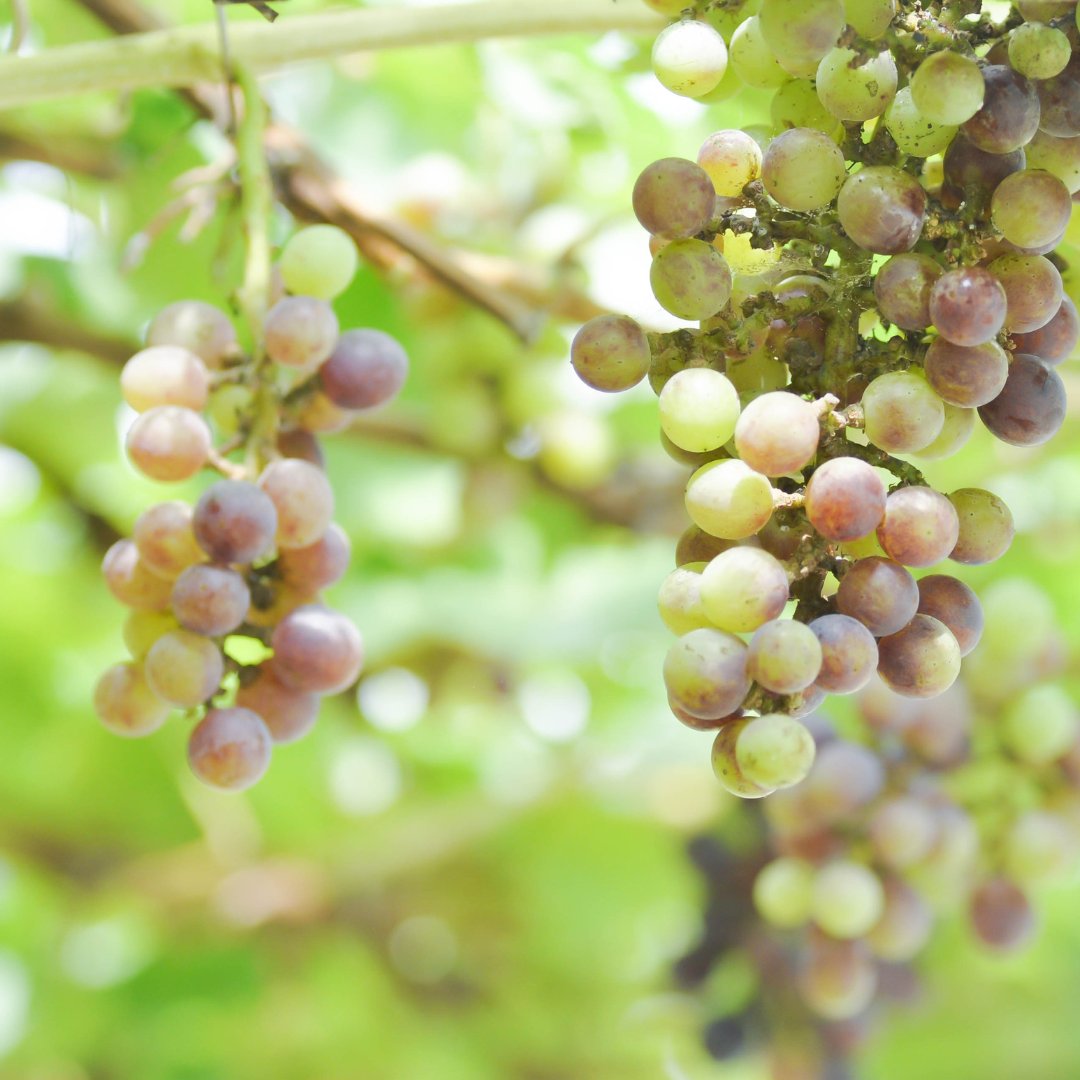
Conclusion
Growing grapes is not difficult due to a lack of area. Instead, concentrate your efforts on learning how to grow grapes in containers.
They may live and thrive for years with proper care and training, producing tons of grapes yearly. You can comment here if you have any queries about growing grapes in pots at any time.
I trust you enjoyed this article on the 9 Steps Of Growing Grapes In Pots. Please stay tuned for more blog posts to come shortly. Take care!
JeannetteZ
>>>Please click here to read my all-inclusive article about Container Gardening<<<
Are you interested in homegrown herbs and medicine? Please click here to find out more about it!
Your Opinion Is Important To Me
Thoughts? Ideas? Questions? I would love to hear from you. Please leave me your questions, experience, and remarks about this article on the 9 Steps Of Growing Grapes In Pots, in the comments section below. You can also reach me by email at Jeannette@Close-To-Nature.org.
Disclosure
This post may contain affiliate links. I earn from qualifying purchases as an Amazon Associate and other affiliate programs. Please read my full affiliate disclosure.
You might also enjoy these blog posts:
11 Easy Steps To Grow A Passion Fruit Tree
7 Easy Steps Of Growing Citrus Trees In Containers
9 Easy Steps Of Growing Peaches In Containers
Easy Ways To Grow Pineapple On A Balcony

